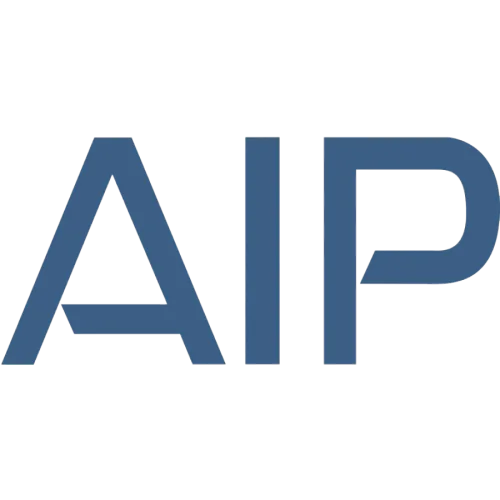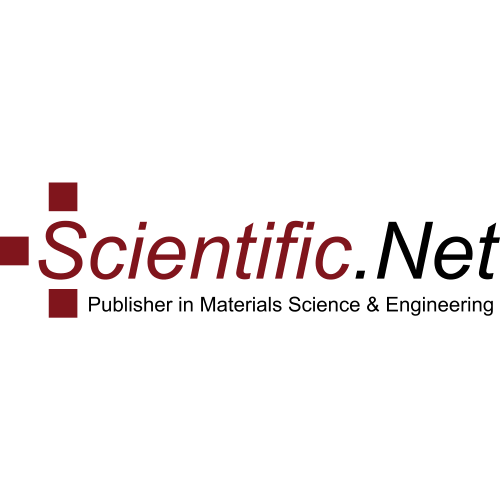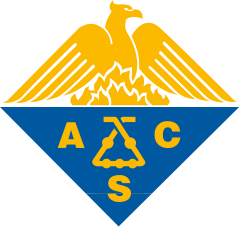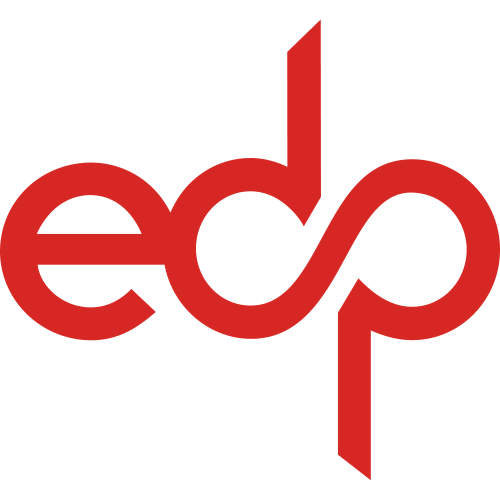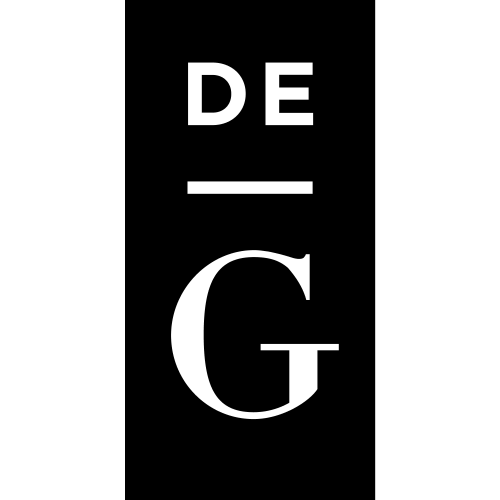Investigation of the mechanical properties and porosity relationships in fused deposition modelling‐fabricated porous structures
The purpose of this paper is to investigate the mechanical properties and porosity relationships in fused deposition modelling (FDM) fabricated porous structures.
Porous structures of numerous build architectures aimed at tissue engineering (TE) application were fabricated using the FDM. The employment of FDM to fabricate these non‐random constructs offers many advantages over conventional scaffold fabrication techniques as patient specific scaffolds with well‐defined architectures and controllable pore sizes can be fabricated accurately and rapidly. There exist several FDM parameters that one needs to specify during the scaffold fabrication process. These parameters, which can be interdependent and exhibit varying effects on scaffold properties, were identified and examined using the design of experiment (DOE) approach. Essentially, the effects of five FDM process parameters, namely air gap, raster width, build orientation, build layer and build profile, on the porosity and mechanical properties of acrylonitrile‐butadienene‐styrene (ABS) scaffold structures with three‐dimensional interconnectivity were investigated in two designed experiments. Statistical analyses of the data were performed and the respective factors that have significant influence on the porosity and mechanical properties of the scaffolds were identified. The relationship between scaffold's mechanical properties and porosity was thereafter established empirically.
Models of TE scaffolds of numerous build architectures were successfully fabricated using different parameter settings on the FDM. The DOE approach determined air gap and raster width as the most significant parameters in affecting the porosity and mechanical properties of the ABS scaffold structures. The relationship between scaffolds' mechanical properties and porosity was determined to be logarithmic, with the best mechanical properties observed in scaffolds of low porosity.
The paper highlights how the application FDM to tissue scaffold application can overcome most of the limitations encountered in the conventional techniques.
Top-30
Journals
|
2
4
6
8
10
12
14
16
18
|
|
|
Rapid Prototyping Journal
17 publications, 7.05%
|
|
|
Additive Manufacturing
12 publications, 4.98%
|
|
|
Polymers
9 publications, 3.73%
|
|
|
International Journal of Advanced Manufacturing Technology
9 publications, 3.73%
|
|
|
Journal of The Institution of Engineers (India): Series C
6 publications, 2.49%
|
|
|
Materials Today: Proceedings
6 publications, 2.49%
|
|
|
Progress in Additive Manufacturing
5 publications, 2.07%
|
|
|
Journal of Manufacturing Processes
5 publications, 2.07%
|
|
|
Lecture Notes in Mechanical Engineering
5 publications, 2.07%
|
|
|
Polymer Testing
4 publications, 1.66%
|
|
|
Journal of Materials Research and Technology
4 publications, 1.66%
|
|
|
Procedia Manufacturing
4 publications, 1.66%
|
|
|
Virtual and Physical Prototyping
4 publications, 1.66%
|
|
|
3D Printing and Additive Manufacturing
3 publications, 1.24%
|
|
|
Proceedings of the Institution of Mechanical Engineers, Part C: Journal of Mechanical Engineering Science
3 publications, 1.24%
|
|
|
Applied Sciences (Switzerland)
3 publications, 1.24%
|
|
|
Materials
3 publications, 1.24%
|
|
|
Journal of Manufacturing and Materials Processing
3 publications, 1.24%
|
|
|
International Journal on Interactive Design and Manufacturing
3 publications, 1.24%
|
|
|
Materials and Design
3 publications, 1.24%
|
|
|
Journal of Applied Polymer Science
3 publications, 1.24%
|
|
|
Polymer Engineering and Science
3 publications, 1.24%
|
|
|
AIP Conference Proceedings
3 publications, 1.24%
|
|
|
Journal of Manufacturing Science and Engineering, Transactions of the ASME
2 publications, 0.83%
|
|
|
Proceedings of the Institution of Mechanical Engineers, Part H: Journal of Engineering in Medicine
2 publications, 0.83%
|
|
|
Journal of Reinforced Plastics and Composites
2 publications, 0.83%
|
|
|
Journal of the Brazilian Society of Mechanical Sciences and Engineering
2 publications, 0.83%
|
|
|
Biofabrication
2 publications, 0.83%
|
|
|
IOP Conference Series: Materials Science and Engineering
2 publications, 0.83%
|
|
|
2
4
6
8
10
12
14
16
18
|
Publishers
|
10
20
30
40
50
60
70
|
|
|
Elsevier
63 publications, 26.14%
|
|
|
Springer Nature
45 publications, 18.67%
|
|
|
MDPI
24 publications, 9.96%
|
|
|
Wiley
18 publications, 7.47%
|
|
|
Emerald
17 publications, 7.05%
|
|
|
SAGE
14 publications, 5.81%
|
|
|
Taylor & Francis
12 publications, 4.98%
|
|
|
IOP Publishing
5 publications, 2.07%
|
|
|
ASME International
4 publications, 1.66%
|
|
|
Institute of Electrical and Electronics Engineers (IEEE)
4 publications, 1.66%
|
|
|
Trans Tech Publications
4 publications, 1.66%
|
|
|
Mary Ann Liebert
3 publications, 1.24%
|
|
|
AIP Publishing
3 publications, 1.24%
|
|
|
SPIE-Intl Soc Optical Eng
2 publications, 0.83%
|
|
|
Oxford University Press
2 publications, 0.83%
|
|
|
Autonomous Non-profit Organization Editorial Board of the journal Uspekhi Khimii
2 publications, 0.83%
|
|
|
IGI Global
1 publication, 0.41%
|
|
|
The Royal Society
1 publication, 0.41%
|
|
|
World Scientific
1 publication, 0.41%
|
|
|
American Chemical Society (ACS)
1 publication, 0.41%
|
|
|
Politeknik Dergisi
1 publication, 0.41%
|
|
|
Hindawi Limited
1 publication, 0.41%
|
|
|
Scientific Research Publishing
1 publication, 0.41%
|
|
|
IntechOpen
1 publication, 0.41%
|
|
|
EDP Sciences
1 publication, 0.41%
|
|
|
Walter de Gruyter
1 publication, 0.41%
|
|
|
10
20
30
40
50
60
70
|
- We do not take into account publications without a DOI.
- Statistics recalculated weekly.














